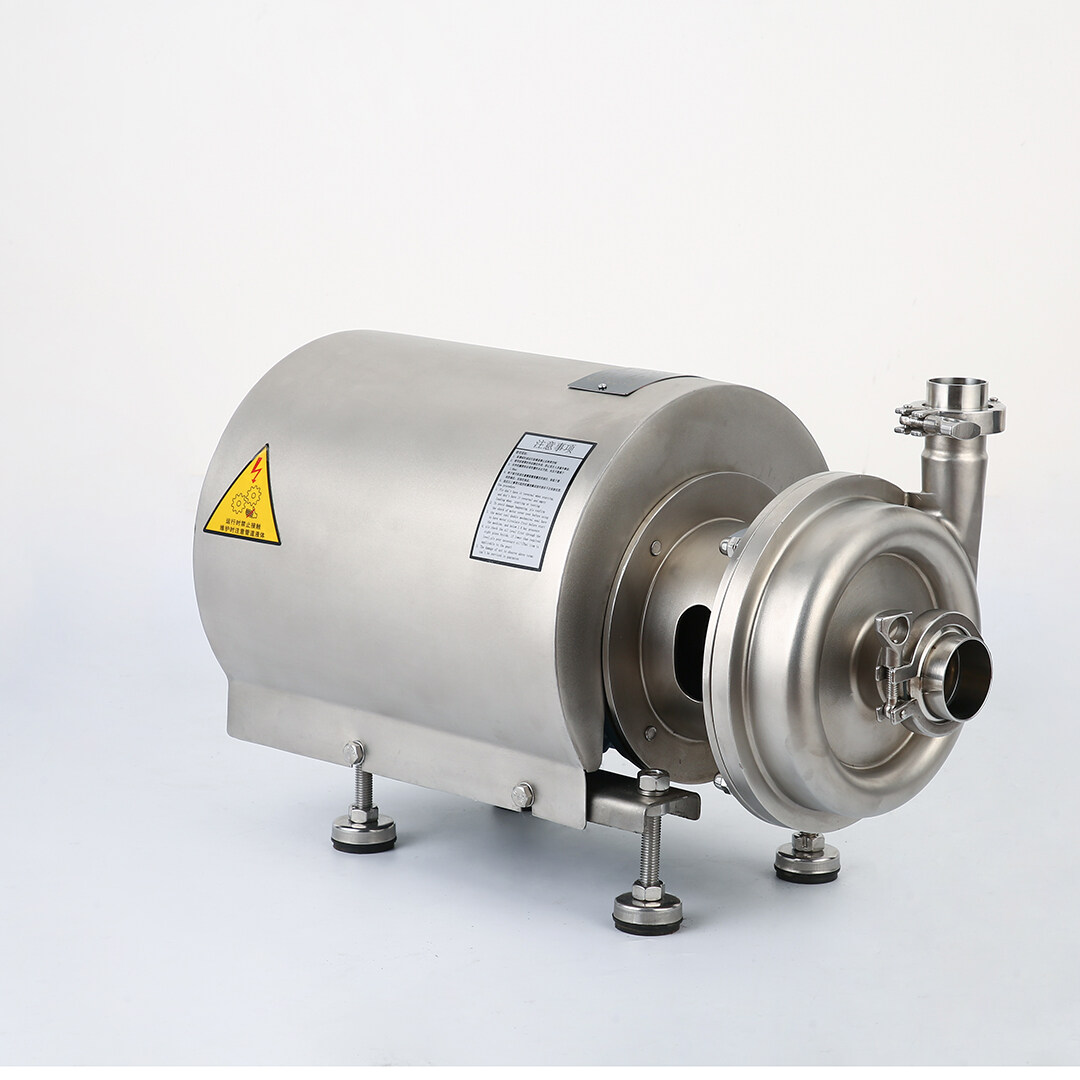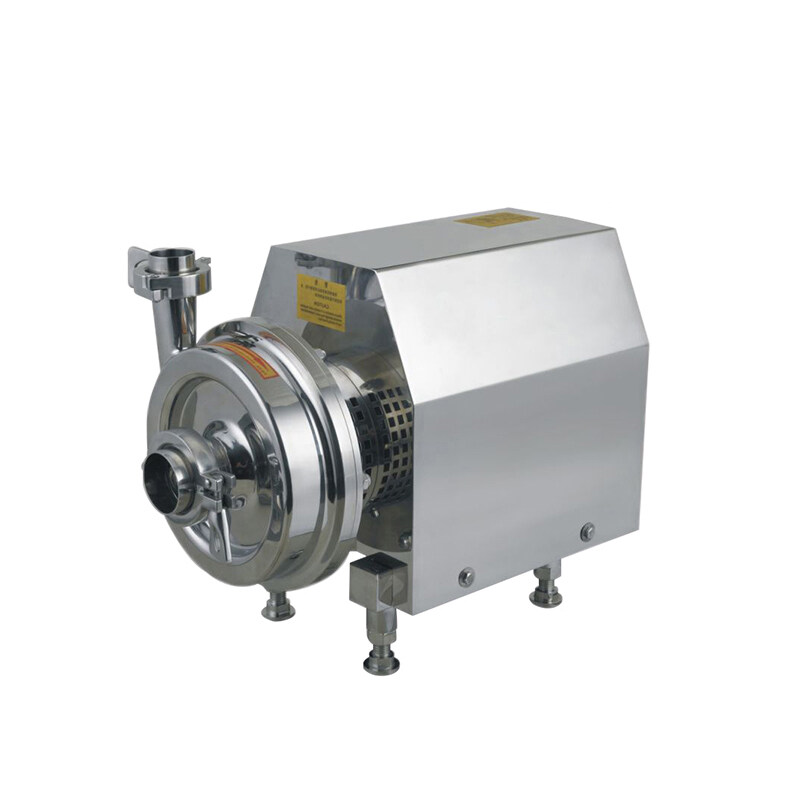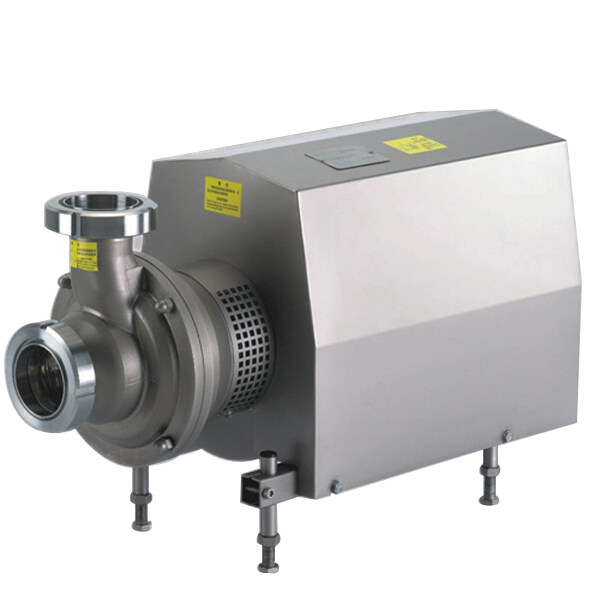Email format error
Email cannot be empty
Email already exists
6-20 characters(letters plus numbers only)
The password is inconsistent
Email format error
Email cannot be empty
Email does not exist
6-20 characters(letters plus numbers only)
The password is inconsistent


The selection between a centrifugal pump and a self-priming pump is crucial for a wide range of applications in the field of fluid dynamics. Both pumps play crucial roles in fluid transfer, yet they differ significantly in design and functionality. In this blog post, we will explore the distinctions between centrifugal pumps and self-priming pumps and shed light on the scenarios where each excels.

Centrifugal pumps operate on the principle of centrifugal force, utilizing an impeller to generate rotational motion and propel fluids outward. These pumps are widely used for their simplicity, reliability, and effectiveness in continuous fluid transfer.
One limitation of centrifugal pumps is their inability to self-prime. They require a priming process to fill the pump casing with fluid before initiating operation. This characteristic makes them better suited for applications where a continuous fluid supply is maintained.

Self-priming pumps, as the name suggests, have the unique ability to prime themselves. They can draw fluid into the pump casing and create a vacuum, eliminating the need for external priming. This feature makes them advantageous in scenarios where a consistent fluid source may not be guaranteed.
Self-priming pumps excel in situations where intermittent or unpredictable fluid transfer is required. Their ability to re-prime after periods of inactivity or air ingestion makes them well-suited for applications where a continuous supply is not assured.
Centrifugal pumps are highly efficient for continuous, steady-state operations. However, their reliance on external priming limits their suitability in applications where fluid availability may be intermittent.
Self-priming pumps offer versatility and adaptability, making them suitable for scenarios where the pump may be subjected to variable operating conditions. Their ability to handle air and maintain prime enhances their utility in diverse applications.
Centrifugal pumps find prominence in industrial processes, water circulation systems, and applications where a constant fluid supply is maintained. Their reliability and efficiency make them ideal for continuous operations.
Self-priming pumps shine in applications such as construction sites, agriculture, and emergency pumping situations. Their ability to handle air and re-prime makes them valuable in scenarios where uninterrupted fluid transfer cannot be guaranteed.
The selection between a centrifugal pump and a self-priming pump hinges on factors such as the nature of the application, fluid characteristics, and the availability of a continuous fluid source. Understanding these elements is crucial for making an informed decision.
While centrifugal pumps are often cost-effective for continuous applications, the versatility and convenience offered by self-priming pumps may justify a higher initial investment, considering the specific needs of a given application.
As a leading pump solutions provider, COMPASS offers a comprehensive range of centrifugal pumps and self-priming pumps to meet diverse fluid transfer needs. Our pumps are engineered for reliability, efficiency, and adaptability, ensuring optimal performance across various applications.
At COMPASS, we understand that each application is unique. Our team works closely with clients to provide tailored pump solutions that align with specific requirements, ensuring optimal performance and cost-effectiveness.
The choice between a centrifugal pump and a self-priming pump is a critical decision that depends on the intricacies of the fluid transfer application. While centrifugal pumps excel in continuous operations, self-priming pumps offer versatility and adaptability in scenarios with intermittent or unpredictable fluid availability. COMPASS stands ready to assist you in navigating these choices, providing reliable and efficient pump solutions tailored to your specific needs. Elevate your fluid dynamics – choose COMPASS for unparalleled pump performance and dependability.